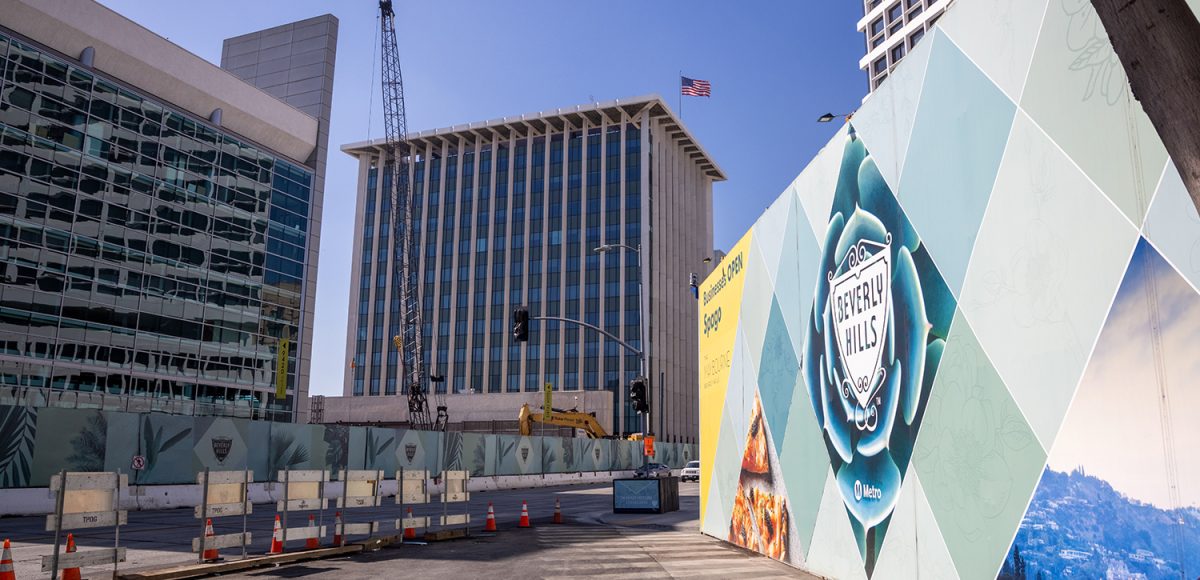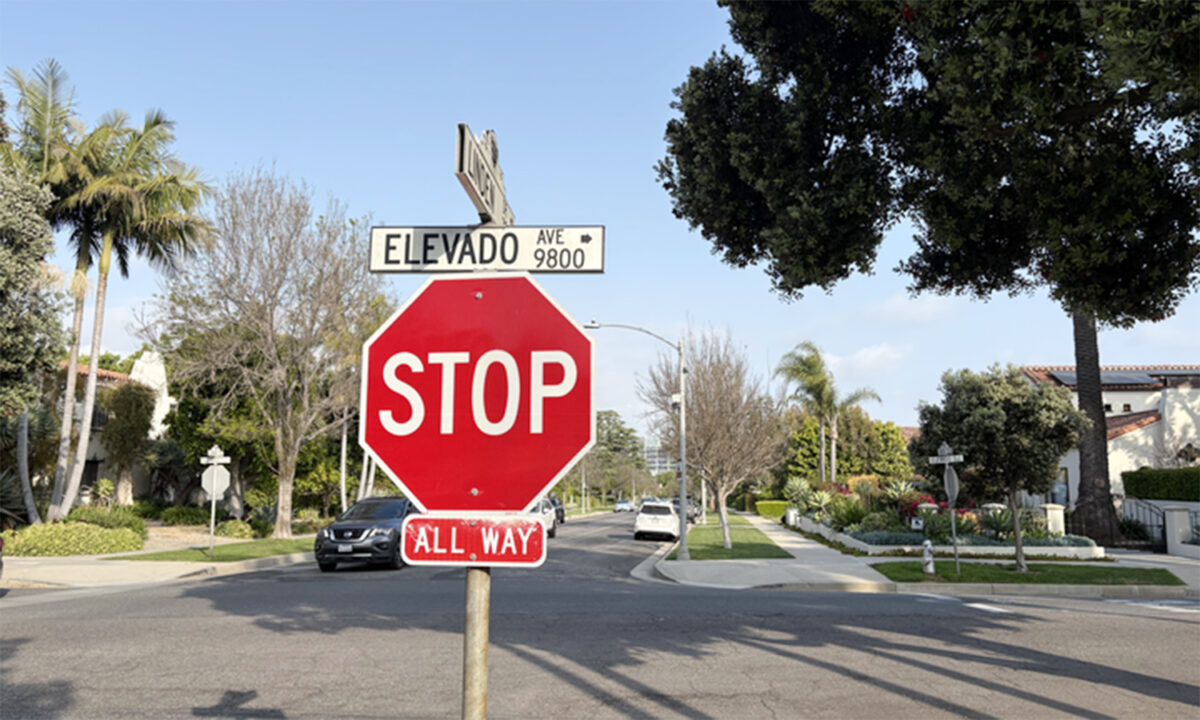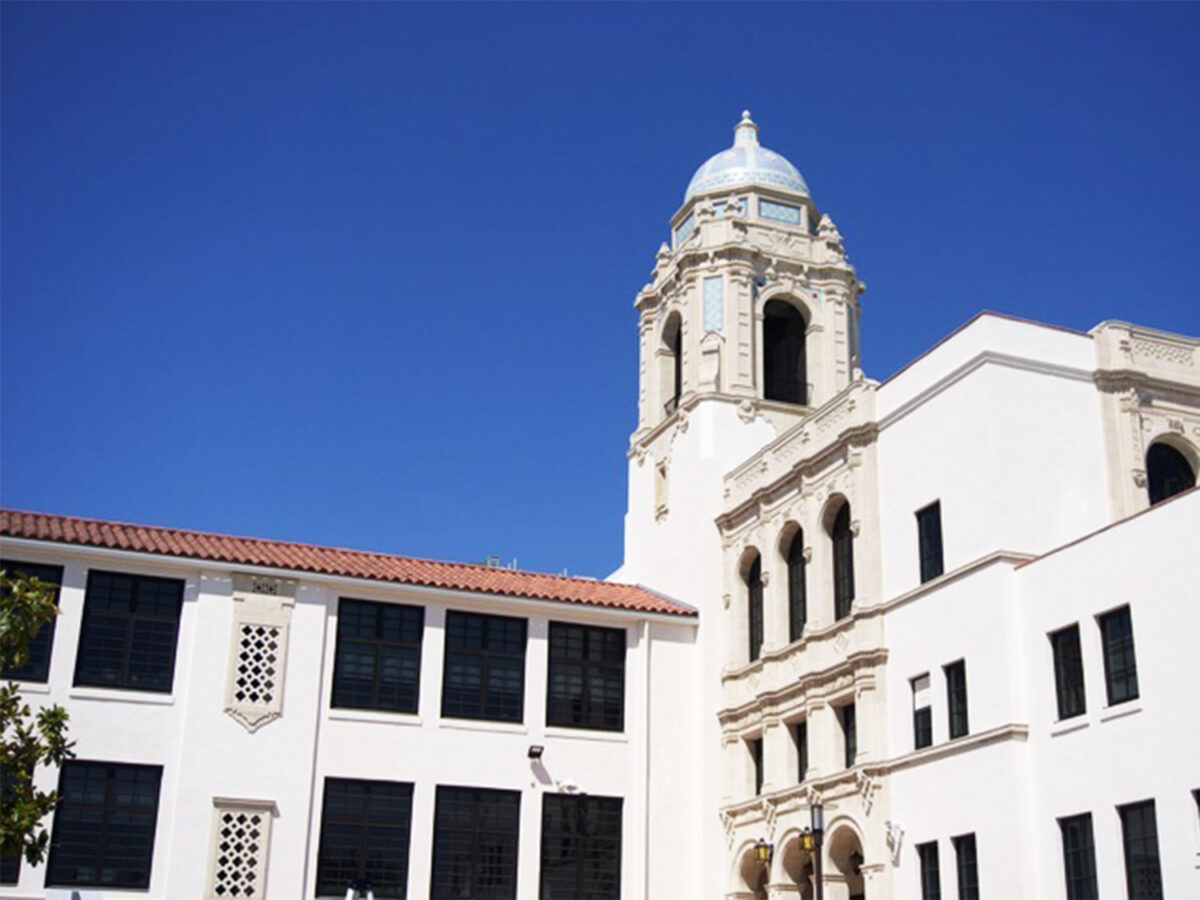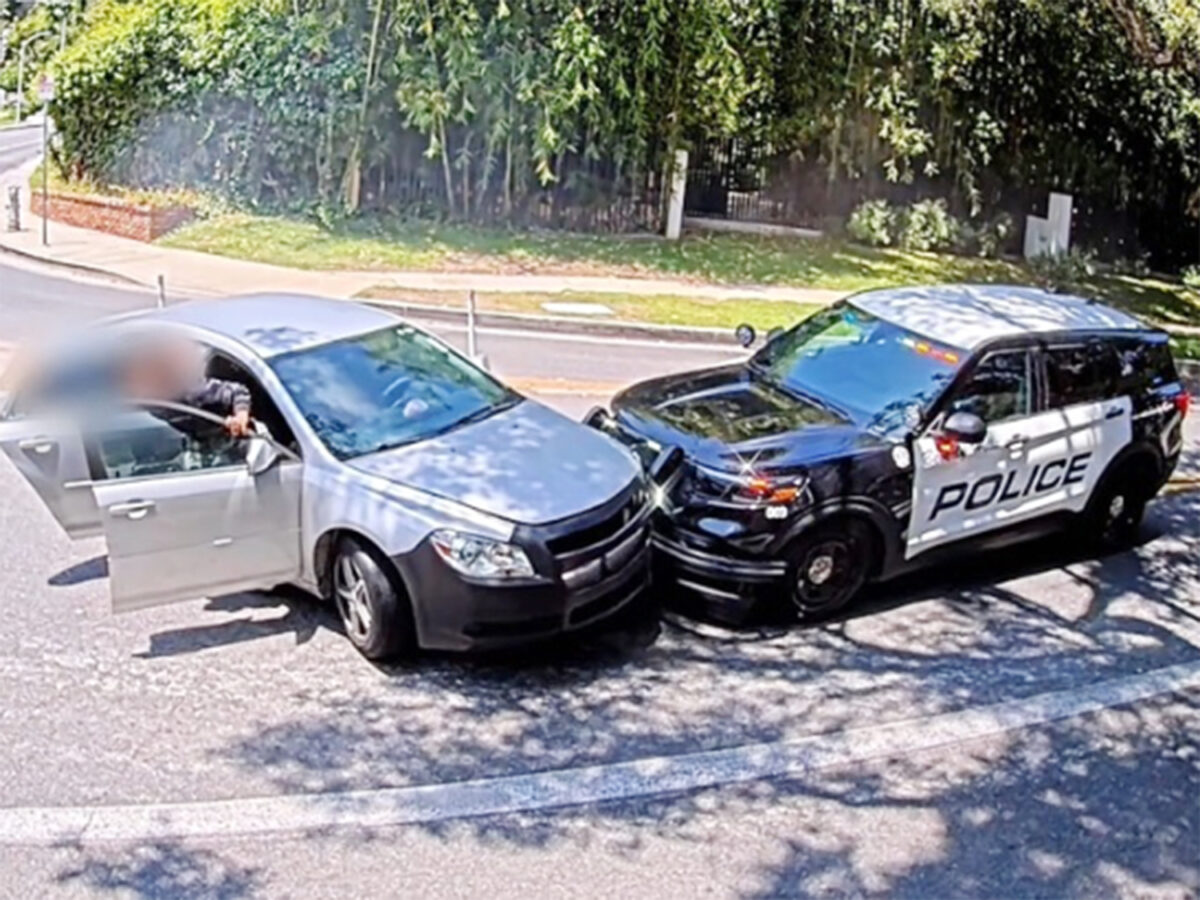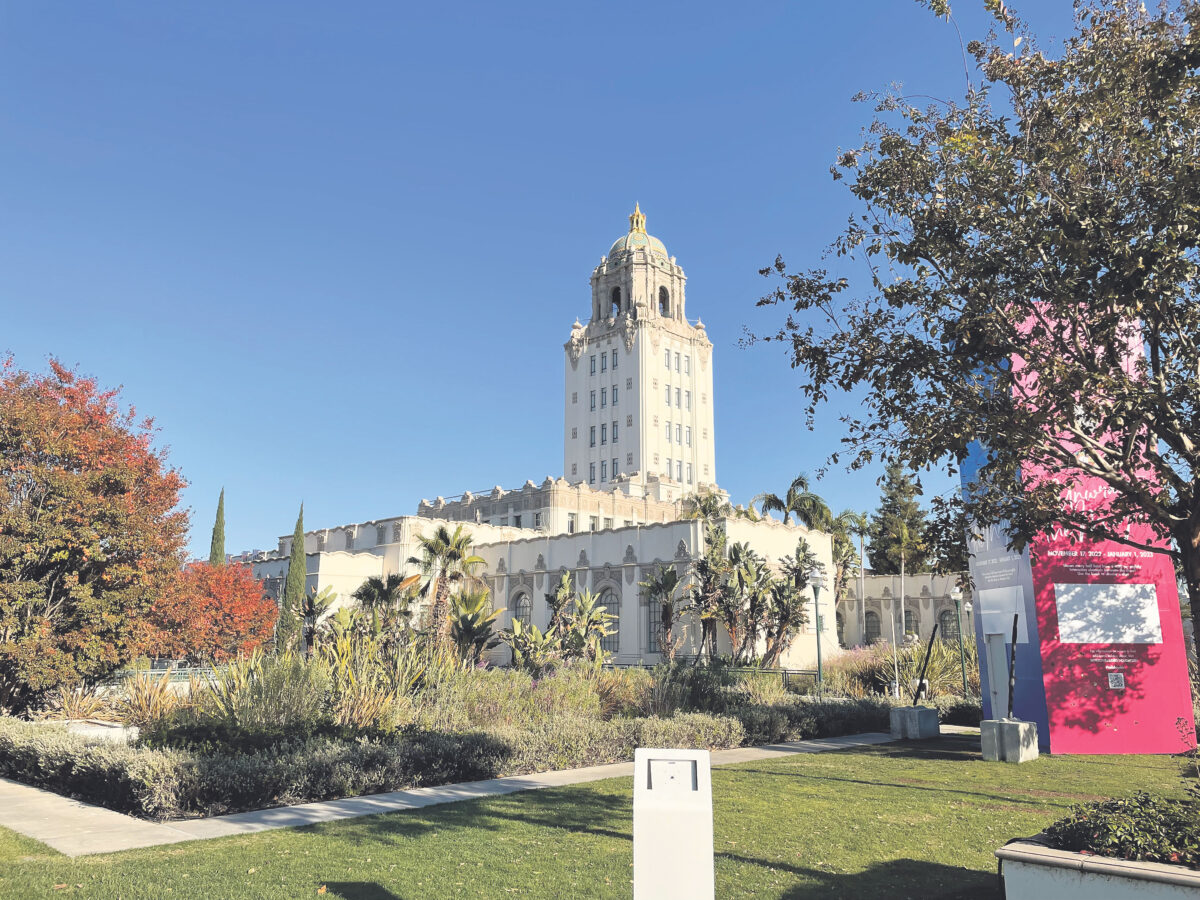As the local and national economies show signs of thawing from the pandemic freeze, the Beverly Hills City Council voiced approval of the proposed Capital Improvement Program (CIP) budget for the upcoming fiscal year at the May 4 Regular Session. With costs driven in part by big ticket items related to the Metro D Line, the proposed budget would allocate $61.7 million over the next year and $349 million over the next five years for improvements.
“Am I missing something here, or are we doing pretty darn good?” asked Councilmember Julian Gold.
“We are in a very fortunate position, Councilmember,” said Director of Finance Jeff Muir.
The total sum for the year provides funding for 54 projects, including the Metro Rodeo Station North Portal Project, comprehensive urban forest maintenance and management, the development of a more self-sufficient water production system, the expansion of electric vehicle chargers and the update of the Pavement Master Plan. The budget also includes funding for improvements and maintenance for existing infrastructure and property, such as the completion of the bowling alley and pool house restoration at Greystone Mansion, repair of damaged sidewalks along Robertson Boulevard and install ADA-compliant ramps, and replacement of the water main along Coldwater Canyon Drive.
For comparison, last year’s CIP appropriation clocked in at $58.8 million.
Staff highlighted capital improvement accomplishments over the last fiscal year–a period marked by uncertainty and austerity. Nonetheless, the city plugged the last of the 19 oil wells by Beverly Hills High School, began a streetscape plan for Wilshire and La Cienega Boulevards, trimmed all the pine trees in the city, repaved 5.9 miles of streets and 5.1 miles of alleyways, and finished replacing all the streetlights in the city with energy efficient LED lighting.
“It’s unbelievable that we were able to accomplish as much as we did during this year of COVID,” said Councilmember Lester Friedman.
With many of the city’s revenue streams disrupted by the pandemic, the city sought to defer and even cut payments on programs wherever possible. Like last year, city staff with Finance and Public Works went through the CIP and flagged projects to keep that met the following criteria: necessary on a regulatory or safety basis, contract is made or imminent, and/or will be cheaper if done sooner. At the same time, staff labeled projects where “project timing allowed for funds to be deferred into future years, or where funds could be released for now until it is more fiscally feasible to proceed,” Muir said.
Overall, staff identified $34.8 million in project funds which could be reduced in the upcoming fiscal year. About half of those funds, $16.9 million, represent permanent cuts and the remaining $17.9 million comes from deferred payments that the city will pay in later years.
The CIP budget draws money from multiple funds, each of which is earmarked for specific types of projects. The largest source of CIP funds is the Infrastructure Fund, which comes entirely out of the city’s General Fund and amounts to $97.3 over the next five years, based on the proposed CIP budget. The city generates most of its revenue for its General Fund from its business sector. The Infrastructure Fund covers projects like the Metro North Portal, decorative lighting, street and sidewalk improvements.
Staff identified more than $3 million in Infrastructure Fund expenditures that could be postponed until a more financially prudent time, including costs for subway mitigation, street light poles replacement, and streetscape improvements on Wilshire Boulevard and Santa Monica Boulevard.
The city went through other funds in a similar manner, identifying $3.8 million in reductions and deferrals in the Capital Assets Fund and $13.2 million in the Parking Funds.
Despite the savings, the city will still have to take large sums from the General Fund to support infrastructure. The city routinely transfers $5 million from the General Fund into the CIP budget, but over the next five years, the city must take $78.5 million out of the General Fund. Given the pandemic’s impact on parking and lease revenues, the Parking Fund will require a $6 million transfer from the city’s reserves to keep it solvent in the next fiscal year. Similarly, the Stormwater Fund will need a transfer of $3.3 million.
“I just want to make sure that in funding these capital projects, we’re not going to short our general services and that we’re going to be able to provide services at the level that the community has come to expect,” Councilmember Julian Gold said.
Muir answered with a preview of next Tuesday’s meeting on the proposed operating budget, saying, “The proposed operating budget is, essentially, a status quo budget of existing city services. There are no proposed reductions of city services.”
Looking out to the future, Councilmember John Mirisch asked Muir about possible federal funding opportunities. Muir said that staff is “actively monitoring” the progress of the $2 trillion infrastructure bill before the Senate and the still-pending details of the latest federal relief package for additional sources of funds.
With consensus among the Council, Finance and Public Works will present the proposed operating budget on May 11 and then bring both proposed budgets before the Council for full adoption on June 1.



